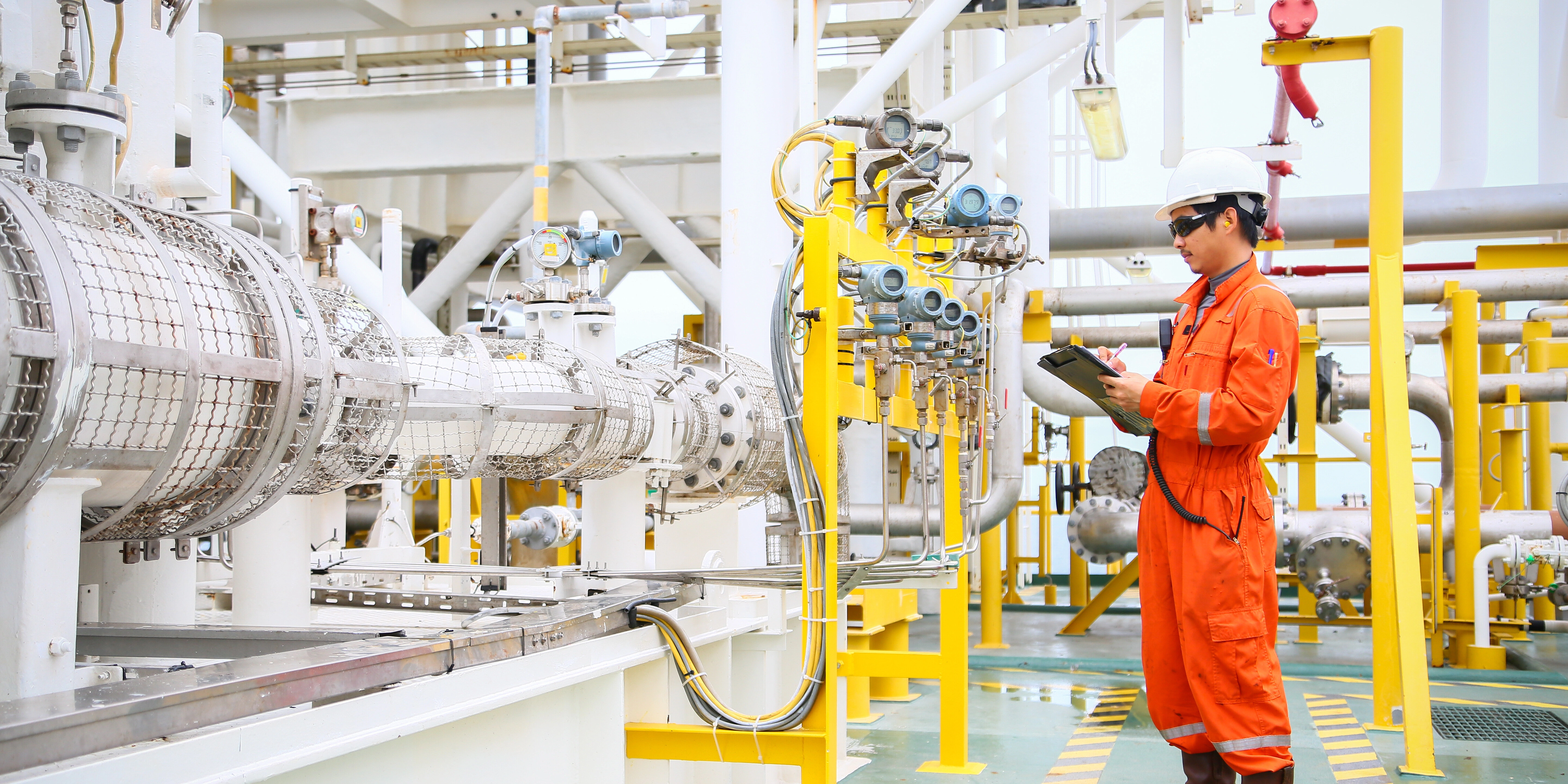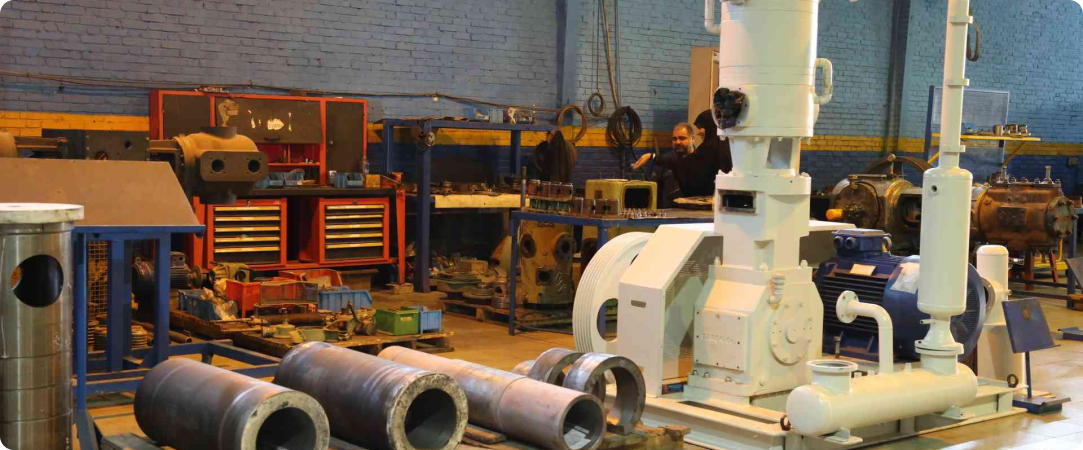
Compressor capacity
The capacity of a compressor depends on several factors:
-1Displacement Capacity:
Definition: Displacement capacity is the volume of gas that a compressor can theoretically displace in one complete cycle.
Explanation: It is determined by the size of the compressor's compression chamber and the stroke of its piston (in the case of reciprocating compressors) or the geometry of its rotors (in the case of rotary compressors). This value is essential for calculating the theoretical capacity of the compressor under ideal conditions.
-2Actual Capacity (Free Air Delivery - FAD):
Definition: Actual capacity, or Free Air Delivery (FAD), represents the actual volume of gas that a compressor can deliver under specific operating conditions, such as pressure and temperature.
Мощность компрессора зависит от нескольких факторов:-1Производительность:Определение:Производительность — это объем газа, который компрессор может теоретически вытеснить за один полный цикл.Объяснение:Она определяется размером компрессионной камеры компрессора и ходом его поршня (в случае поршневых компрессоров) или геометрией его роторов (в случае ротационных компрессоров).Это значение необходимо для расчета теоретической производительности компрессора в идеальных условиях.-2Фактическая производительность (свободная подача воздуха — FAD):Определение:Фактическая производительность, или свободная подача воздуха (FAD), представляет собой фактический объем газа, который компрессор может подать при определенных рабочих условиях, таких как давление и температура.
-4Temperature:
Definition: The temperature of the gas being compressed influences its volume and, consequently, the compressor's capacity.
Explanation: As gas is compressed, its temperature rises. This temperature increase affects the gas volume, and higher temperatures can lead to reduced compressor efficiency. It's important to consider the temperature conditions of the application and, if necessary, incorporate cooling mechanisms to maintain optimal compressor performance.
-5Efficiency:
Definition: Efficiency in the context of compressors includes both mechanical efficiency (how well the compressor converts input energy to mechanical work) and volumetric efficiency (how well the compressor handles the gas volume).
Explanation: A more efficient compressor delivers a higher percentage of its theoretical or displacement capacity as actual capacity. Mechanical losses, friction, and heat generation can impact efficiency. Regular maintenance, proper lubrication, and selecting the right compressor type for the application contribute to maintaining optimal efficiency.
In summary, understanding these factors is crucial for selecting an appropriate compressor for a specific application, ensuring efficient and reliable operation while meeting the desired capacity requirements.
Last posts

Compressor gas analysis operating
during operation involves monitoring and analyzing the composition of the gas being compressed. This is crucial for various reasons, including efficiency, safety, and environmental considerations. Here's a brief overview:

cylinders in a Compressor
The cylinder of a compressor is a crucial component responsible for the compression of gas within the compressor. Compressor cylinders are pressure vessels designed to contain the gas during the compression cycle In reciprocating compressors, the compressing and displacing element is a piston that moves back and forth within the cylinder, creating the compression action

compressor air package
a compressor air package typically refers to a system that includes a compressor along with various components like tanks, dryers, filters, and controls An air compressor package compresses and stores atmospheric air. It takes in ambient air, compresses it, removes moisture and contaminants, and stores the compressed air for various applications where clean or compressed air is needed, like operating pneumatic tools, powering machinery, or supplying air for certain industrial processes.
Most viewed posts

COMPRESSOR operating conditions
The operating conditions of a compressor refer to the specific parameters and conditions under which the compressor operates effectively. These conditions can vary depending on the type of compressor and the intended application.

cylinders in a Compressor
The cylinder of a compressor is a crucial component responsible for the compression of gas within the compressor. Compressor cylinders are pressure vessels designed to contain the gas during the compression cycle In reciprocating compressors, the compressing and displacing element is a piston that moves back and forth within the cylinder, creating the compression action


